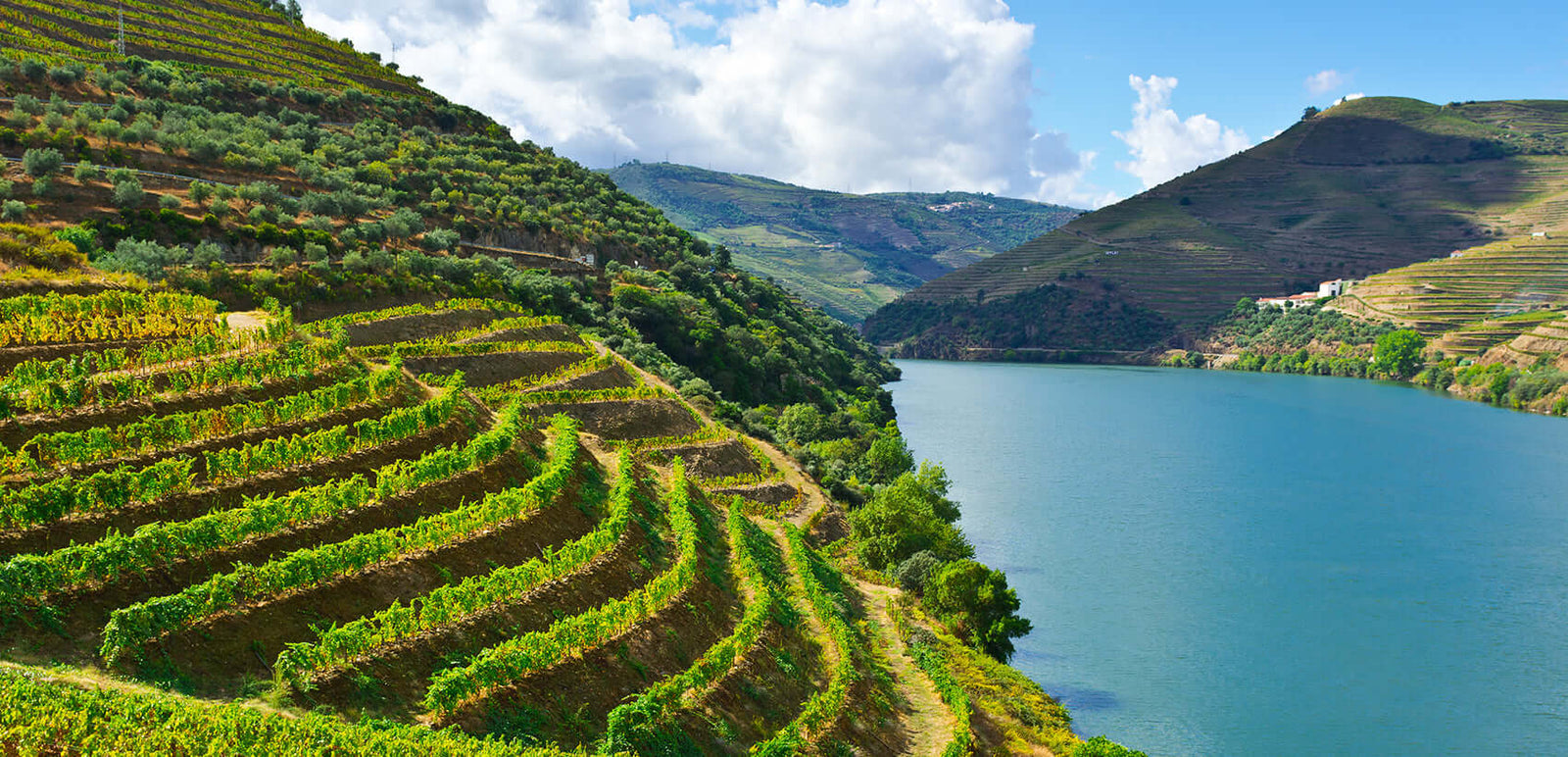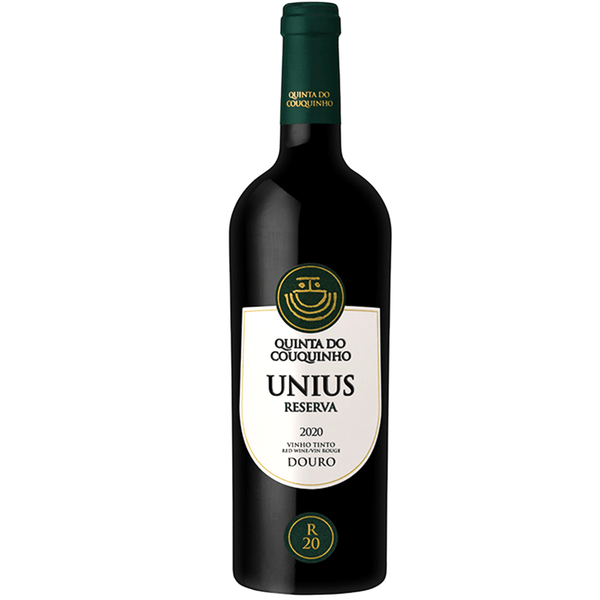Among the mountains and valleys of the Douro wine region, where Portugal meets Spain, something spectacular is happening. New vineyards, new owners and new wines are emerging in an area that was relatively inaccessible just 30 years ago.
A little of history
In 1756, the Douro became one of the first defined wine regions in the world, with the decree of the Marquis of Pombal, Prime Minister of Portugal, to prevent British traders from importing wines from outside the Douro and labeling them as Douro. The Superior Douro was so remote that this spectacular region was only demarcated as part of the Douro in 1907. However, its history dates back much earlier.
In the heart of the Douro Superior region are the incredible cave paintings in Vila Nova de Foz Côa, registered by UNESCO. Although they were only officially recognized in the 1990s, they date back to 20,000 BC, making them some of the oldest in the world. Its presence underlines and emphasizes the palpable and still living antiquity of the region.
The Exploration of Producers in the Douro Superior
The drier and warmer climate of the Douro Superior gives the wines an extra volume and an aromatic component that distinguishes them from other sub-regions.
Winemakers from the traditional Douro region, Cima Corgo, have headed to the Douro Superior, seizing the opportunity to expand in a location with ideal conditions, including granite and shale soils, for the growing demand for Douro wines.
The same grapes are planted in the Douro Superior as in Cima Corgo, with Touriga Nacional, Tinta Roriz, Touriga Francesa, Sousão, Tinta Barroca and Tinta Cão standing out. Touriga Nacional is the dominant grape variety, while in the older vineyards there is a bewildering mix of more than 30 varieties.
Names like Quinta do Crasto, Quinta do Vallado and Quinta de la Rosa are now producing wine here. External investors in Colinas do Douro also purchased land. The Symington family, owner of the largest vineyard area in the Douro, has vineyards next to the Douro River and more than 200 hectares in the Vilariça river valley along the Sabor river. Other new projects, such as the Marques family Conceito, emerged from local producers who began bottling their wine.
Sophia Bergqvist, owner of Quinta de la Rosa, acquired the Quinta das Bandeiras property in 2005. She says the wines made there under the Passagem brand "have a seduction and exuberance that always surprises. They are voluptuous, with intense aromas, but, at the same time, at the same time, a lot of balance and freshness."
As you go up the river, the Douro Superior begins its dramatic landscape at the Valeira dam. In a remote field, among rocks, it is a wild and inhospitable place.
These mountains block half of the rain that comes from the Atlantic Ocean, below the already small amount at Cima Corgo. The result is that the Douro Superior is arid. The majority of vineyards are planted next to rivers, whether the Largo Douro or its tributaries. There, the vines can take advantage of the humidity and greater humidity in the air.
As new producers arrived, the existing ones raised the quality of their wines, as is evident from the Olazabal family at Quinta do Vale Meão. Descendants of Dona Antónia Ferreira, who purchased and planted the property in 1877, maximized the potential for Douro wines, recognizing that the lowlands are "excellent for Douro wines, but not so good for Port Wine.
We selected some incredible Douro Superior wines to taste:










